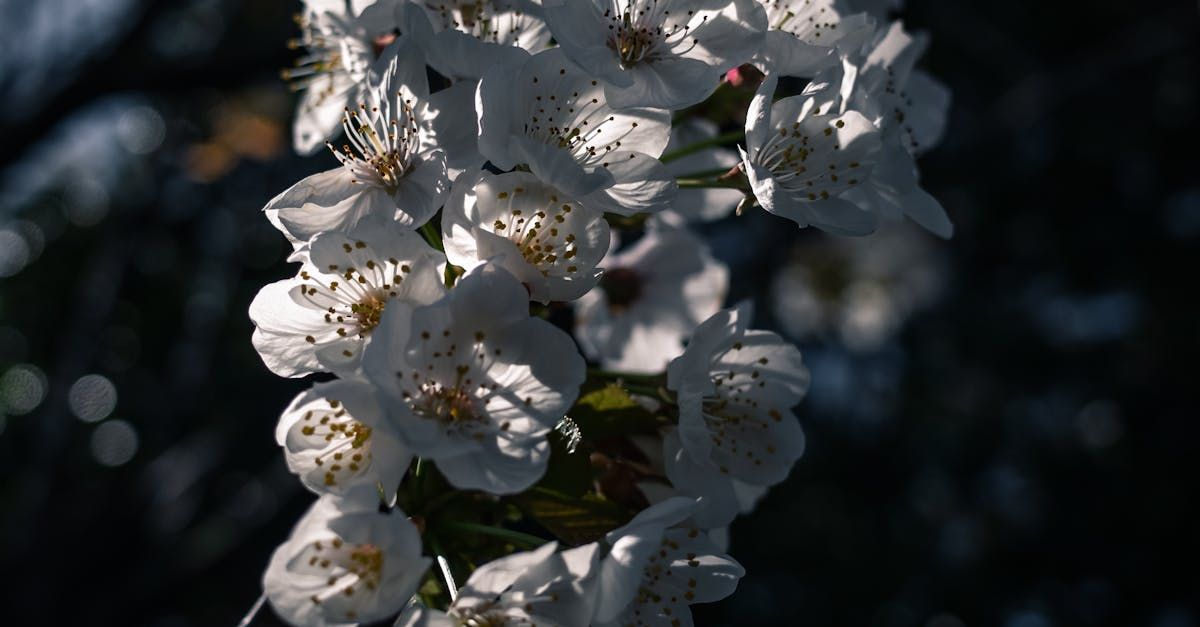Storing Cannabis Tinctures
A Guide to Preserving Potency and Freshness
Cannabis tinctures have gained popularity as an effective and discreet way to consume cannabinoids and experience their therapeutic benefits. To ensure that your cannabis tinctures remain potent and maintain their freshness over time, proper storage is essential. In this blog post, we will explore the best practices for storing cannabis tinctures.
1. Choose the Right Container
The first step in proper tincture storage is selecting the right container. Here are some key considerations:
- Glass Bottles: Opt for dark-colored glass bottles, preferably amber or cobalt blue. These bottles help protect the tincture from light, which can degrade cannabinoids over time.
- Dropper Cap: Ensure that the bottle comes with a dropper cap. This allows for precise dosing and minimizes exposure to air and contaminants when you open the bottle.
- Airtight Seal: Make sure the bottle has an airtight seal to prevent air from entering and affecting the tincture's quality.
2. Store in a Cool, Dark Place
Cannabis tinctures are sensitive to light, heat, and air, which can lead to the degradation of cannabinoids and terpenes. To preserve their potency and flavor:
- Keep It Cool: Store your tincture in a cool place, ideally between 60°F (15°C) and 70°F (21°C). Avoid extreme temperature fluctuations.
- Shield from Light: Always store tinctures in a dark place, away from direct sunlight or strong artificial light sources. UV rays can break down cannabinoids and degrade the tincture.
3. Keep Away from Air
Exposure to oxygen can cause oxidation and deterioration of your tincture. To minimize contact with air:
- Fill the Container: Ensure that the container is filled to the top to reduce the air space inside. Less air means fewer opportunities for oxidation.
- Seal Tightly: Always replace the dropper cap or bottle cap tightly after each use. Ensure a secure seal to keep air out.
4. Label and Date
Proper labeling is crucial, especially if you have multiple tinctures or plan to use them over an extended period:
- Label Clearly: Clearly label the container with the strain or type of tincture, cannabinoid content (e.g., THC, CBD), and date of purchase or preparation.
- Rotation: If you have multiple tinctures, use the "first in, first out" (FIFO) method to ensure you consume the oldest tinctures first.
5. Refrigeration (Optional)
While not always necessary, refrigeration can extend the shelf life of cannabis tinctures, particularly if you live in a hot and humid climate. If you choose to refrigerate your tincture:
- Use an Airtight Container: Place your tincture in an airtight container to prevent moisture from affecting it.
- Avoid Freezing: Do not freeze your tincture, as freezing can alter the texture and consistency.
6. Regularly Check for Changes
Periodically inspect your tincture for any changes in color, smell, or taste. If you notice any significant alterations, it may be an indication of degradation, and it's best to consider replacing it.
Properly storing your cannabis tinctures is vital for preserving their potency, flavor, and overall quality. By following these guidelines and paying attention to environmental factors, you can enjoy the therapeutic benefits of your tinctures for an extended period. Remember that tinctures have a longer shelf life compared to other cannabis products, making them an excellent choice for those looking for a convenient and reliable method of consumption.
SHARE:
Disclaimer: The information provided in this article is for educational purposes only. The content is not intended to be a substitute for professional medical advice, diagnosis, or treatment. Always seek the advice of your physician or other qualified healthcare provider with any questions you may have regarding a medical condition. The use of cannabis, including smoking, may have potential health risks and may not be suitable for everyone. It is essential to understand and abide by the laws in your country or state regarding cannabis use. The author and publisher of this article are not responsible for any adverse effects or consequences that may result from the use of the information presented in this article. This blog is sponsored by
Fresh Mint.











